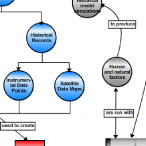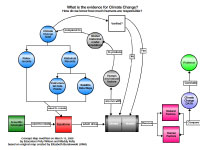|
|
Click Images to Enlarge
|
||||||||
Click Buttons for Presentation Videos & Maps |
About this Workshop:
For this workshop, 12 educators from the New England area were matched with ocean and climate scientists from the University of New Hampshire to improve their collective understanding of Earth's major ocean - climate systems. [more]
About this Scientist:
Elizabeth Burakowski is both a climate and ocean scientist. She studies winter climate change in the northeastern United States, and also helps college-level students conduct scientific investigations aboard a research sailing vessel at sea. [more]













